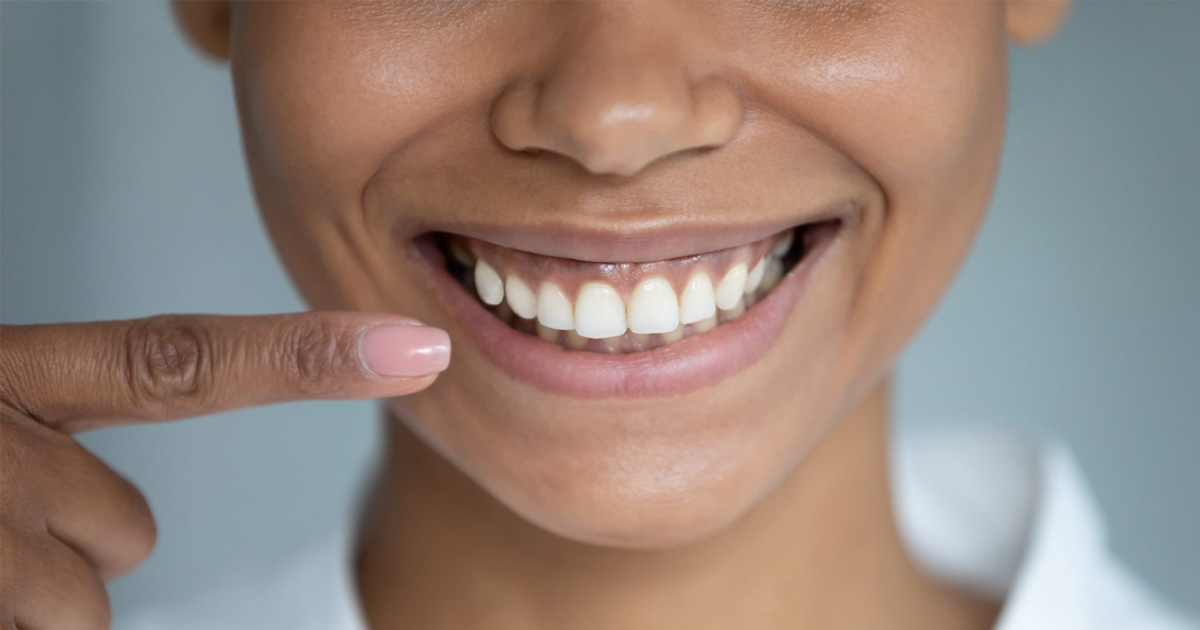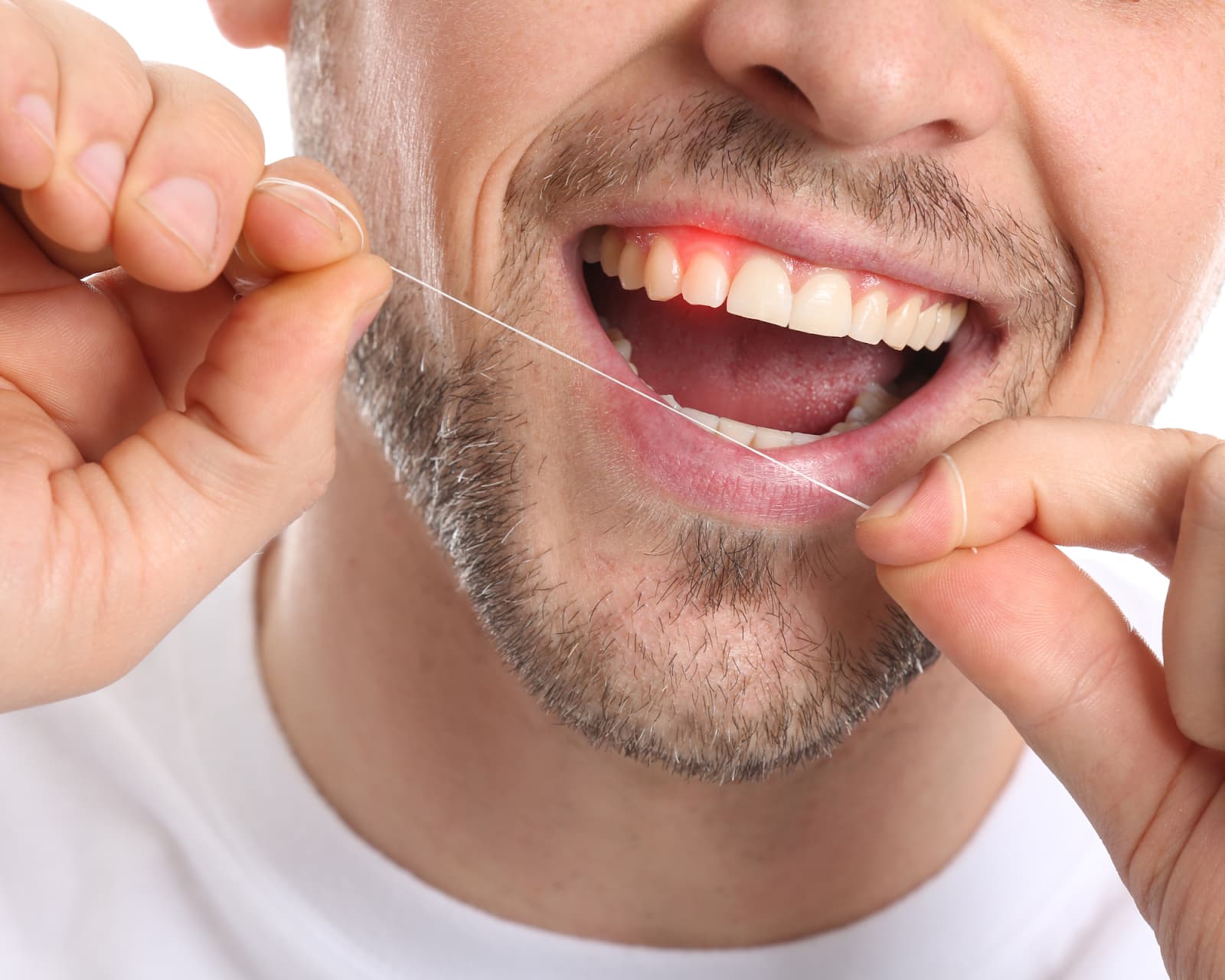Craze Lines On Teeth

Craze lines on teeth are a common aesthetic concern for many individuals, yet they remain somewhat of a mystery in terms of their causes, effects, and treatments. To delve into the world of craze lines, it’s essential to understand what they are, how they form, and the implications they have on dental health and appearance.
What are Craze Lines?
Craze lines are minuscule cracks or fissures that appear on the surface of teeth, typically on the enamel, which is the hard, outer layer. These lines can be more pronounced on certain teeth, such as the front teeth or molars, and often become more visible with age. The name “craze lines” aptly describes their crazed or cracked appearance, which can give teeth a worn, aged look.
Causes of Craze Lines
The etiology of craze lines is multifactorial, involving a combination of intrinsic and extrinsic factors. Some of the primary causes include:
- Aging: As we age, our teeth naturally undergo wear and tear. This can lead to the formation of craze lines due to the gradual erosion of the enamel.
- Bruxism: Grinding or clenching teeth, often during sleep, can put excessive pressure on the teeth, leading to the development of craze lines.
- Tooth Decay and Fillings: Teeth that have undergone decay or have large fillings may be more susceptible to craze lines due to the structural integrity of the tooth being compromised.
- Bite Issues: Misaligned teeth or an improper bite can lead to uneven distribution of force on the teeth, potentially causing craze lines.
- Diet: Consuming foods and drinks that are highly acidic or hard can weaken the enamel over time, making it more susceptible to cracking.
Effects of Craze Lines
While craze lines are generally considered a cosmetic issue rather than a health risk, they can have several implications for dental health and appearance:
- Aesthetic Concerns: The visible cracks can make teeth appear aged or worn, affecting the overall aesthetic of the smile.
- Sensitivity: In some cases, craze lines can expose the dentin beneath the enamel, leading to sensitivity, especially to hot and cold substances.
- Potential for Further Damage: Although rare, if the cracks are deep enough, they can provide a pathway for bacteria to enter the tooth, potentially leading to infection or the need for more extensive dental work.
Treatment and Prevention
Treating craze lines often focuses on addressing the cosmetic concerns and, when necessary, protecting the tooth from further damage. Some common approaches include:
- Dental Bonding: Applying a tooth-colored resin to the affected area can help mask the appearance of craze lines.
- Veneers: For more pronounced craze lines or when aesthetic concerns are significant, veneers can be an option. These are thin layers of porcelain or composite material bonded to the front of the teeth.
- Crowns: In cases where the structural integrity of the tooth is compromised, a dental crown may be necessary to cover the entire tooth surface.
- Preventive Measures: Avoiding excessive grinding or clenching (through the use of mouthguards if necessary), maintaining good oral hygiene, and limiting consumption of hard or acidic foods can help prevent the formation of new craze lines.
Future Trends in Craze Line Treatment
As dental technology advances, so do the methods for treating and preventing craze lines. Innovations in materials and techniques, such as improved dental bonding agents and more translucent veneers, are making treatments more effective and less invasive. Additionally, there’s a growing emphasis on preventive care, with dentists recommending regular check-ups and educating patients on habits that can reduce the risk of developing craze lines.
Conclusion
Craze lines on teeth are an inevitable part of the aging process for many, but they don’t have to significantly impact the health or appearance of your teeth. By understanding the causes, recognizing the effects, and exploring the available treatments, individuals can make informed decisions about their dental care. Whether through preventive measures, cosmetic treatments, or a combination of both, it’s possible to maintain a healthy, vibrant smile even as craze lines form.
Frequently Asked Questions
What are the primary causes of craze lines on teeth?
+The primary causes of craze lines include aging, bruxism (teeth grinding or clenching), tooth decay, and the consumption of hard or acidic foods and drinks.
Are craze lines a sign of poor dental health?
+Craze lines are generally considered a cosmetic issue rather than a direct sign of poor dental health. However, they can sometimes indicate underlying issues such as bruxism or excessive wear on the teeth.
Can craze lines be prevented?
+While some craze lines are inevitable due to aging, others can be prevented or minimized by avoiding excessive grinding of the teeth, limiting consumption of hard or acidic foods, and maintaining good oral hygiene practices.
What are the available treatments for craze lines?
+Treatments for craze lines include dental bonding, veneers, and crowns, depending on the severity of the aesthetic concern and the structural integrity of the tooth.
Do craze lines affect the longevity of teeth?
+In most cases, craze lines do not directly affect the longevity of teeth. However, if left untreated, deep cracks can potentially lead to further complications such as infection or the need for more extensive dental work.
Can craze lines be treated at home?
+There are no proven at-home treatments for craze lines that can effectively address the aesthetic concerns or prevent further damage. Professional dental intervention is recommended for evaluation and appropriate treatment.
In conclusion, craze lines are a common phenomenon that can affect anyone, regardless of their dental health habits. Understanding their causes, implications, and treatments can empower individuals to take proactive steps in maintaining the health and appearance of their teeth. As dental care continues to evolve, addressing craze lines will become more precise and effective, offering hope for those seeking to preserve their smile’s vitality.


